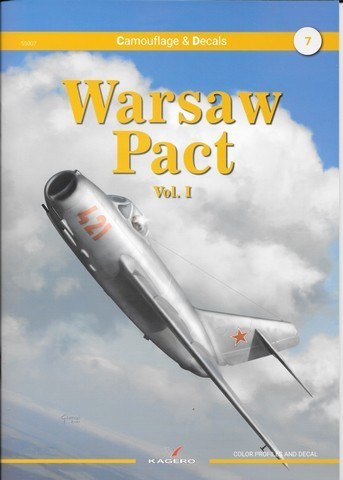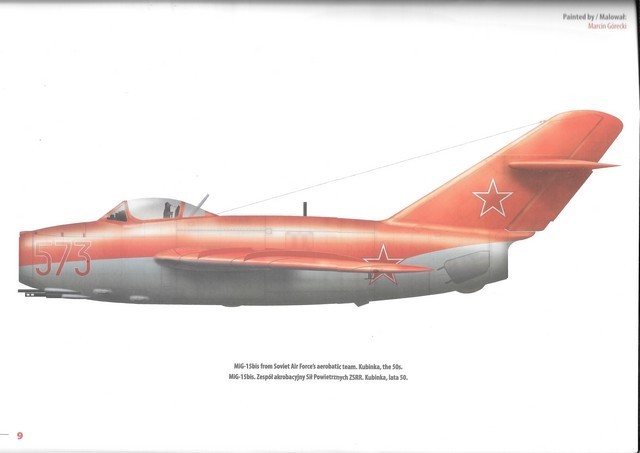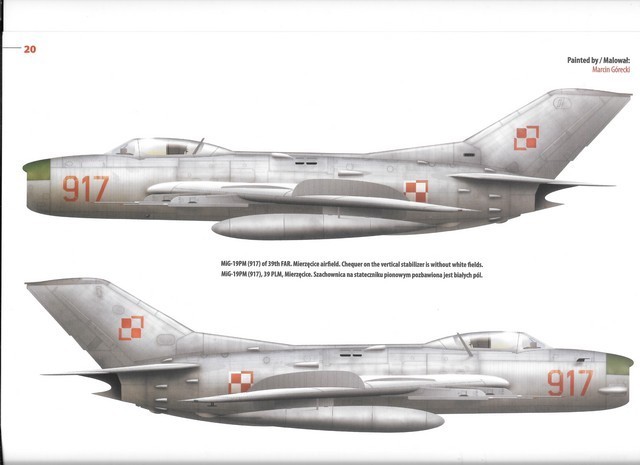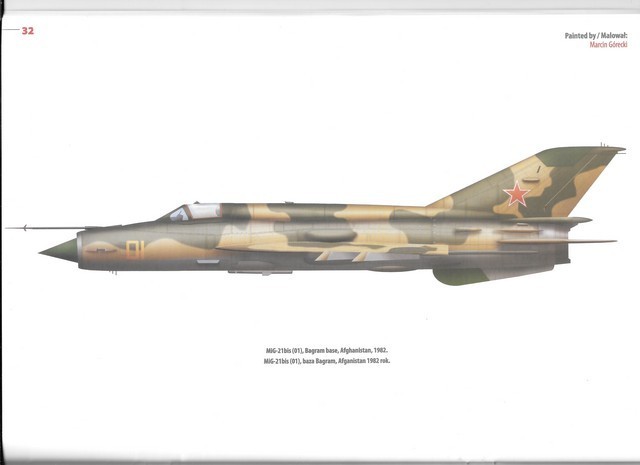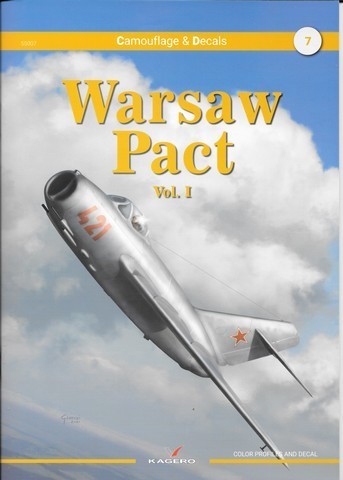Brief History
The Warsaw Treaty Organization (WTO), officially the Treaty of Friendship, Cooperation and Mutual Assistance, commonly known as the Warsaw Pact (WP), was a collective defence treaty signed in Warsaw, Poland between the Soviet Union and seven other Eastern Bloc socialist republics of Central and Eastern Europe in May 1955, during the Cold War. The Warsaw Pact was the military complement to the Council for Mutual Economic Assistance(Comecon), the regional economic organization for the socialist states of Central and Eastern Europe. The Warsaw Pact was created in reaction to the integration of West Germany into NATO in 1955 per the London and Paris Conferences of 1954.
The Warsaw Pact was established as a balance of power to NATO. There was no direct military confrontation between the two organisations; instead, the conflict was fought on an ideological basis and in proxy wars. Both NATO and the Warsaw Pact led to the expansion of military forces and their integration into the respective blocs. Its largest military engagement was the Warsaw Pact invasion of Czechoslovakia in August 1968 (with the participation of all Pact nations except Albania and Romania), which, impart, resulted in Albania withdrawing from the pact less than a month later. The Pact began to unravel in its entirety with the spread of the Revolutions of1989 through the Eastern Bloc, beginning with the Solidarity movement in Poland, its electoral success in June 1989 and the Pan-European Picnic in August1989.
Book 7 Camouflage & Decals by Kagero, from publishers Casemate UK this is a very thin book softback saddle stitch spine and pagination of 39
Review
This is a book that is for those modellers with an interest in the Warsaw Pact which is mainly Migs from the MiG 15 to MiG 21. Each page contains a colour profile are expertly painted by artist Marcin Gorecki. The first profile is the Lim-2 1B00815 of 1st fighter Aviation Regiment (FAR),piloted by Cpt. Ryszard Grundman. The LIM-2 Midget is the Polish license-built version the Soviet two-seat Mikoyan-Gurevich MiG-15UTI Midget jet trainer. The Mikoyan-Gurevich MiG-15 Fagot is the single seat fighter version. Albeit that the profile is a single seater! The profile of this aircraft really is a very nice and when looking top down, it gives a look of an aircraft that has seen a lot of airmiles.
MiG-15 bis 2815311 of the Soviet Air Force again a stunningly painted profile picture
MiG-15 UTI10425 one of the first four fighter-trainer planes delivered to Poland. Babice-Bemowo Airfield, 1951
Lim-5P (1006-07) of the 45th FAR Babimost airfield, 1961 The Lim-6 (NATO reporting name Fresco) was a Polish attack aircraft used between 1961 and 1992 by the Polish Air Force. It was a variant of the Mikoyan-Gurevich MiG-17, which was produced in Poland as the Lim-5.
This book covers a number of Warsaw Pact fighters from the MiG-15, MiG-17, MiG-19 to the MiG-21 I do have a love of the MiG Aircraft. Also included in this profile book is a set of fantastic decals printed on gloss printed paper
Conclusion
Although this book has a small number of pages, it makes up for this with the profile painted pictures, which is the whole idea of the book and will leave with no doubt what camouflage you will need for any of the planes that you may wish to build from the book. Don’t for get the incredible looking decals in two different scales.
